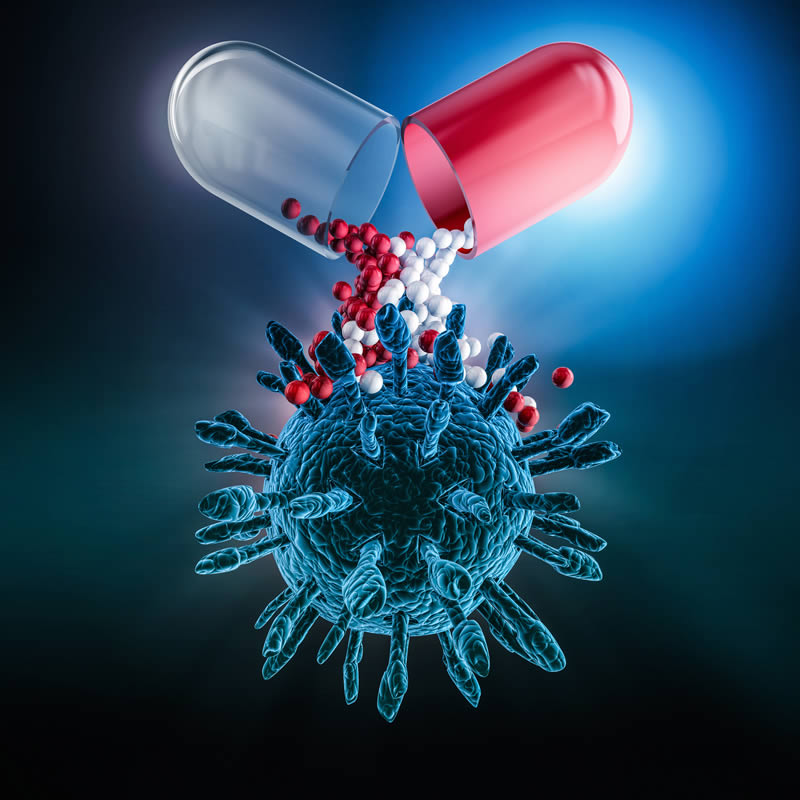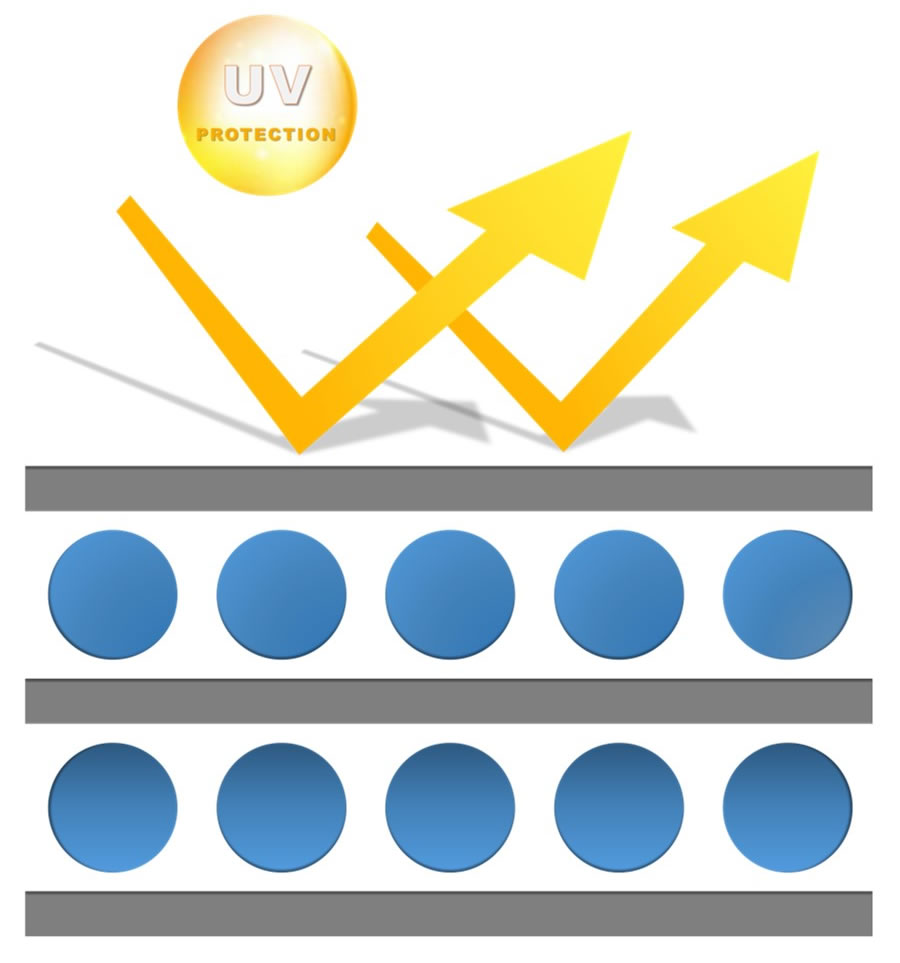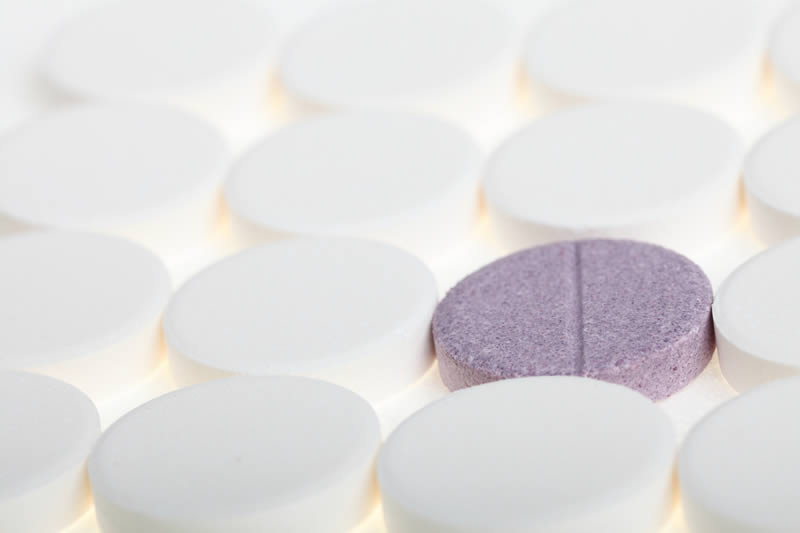
Drug delivery
“DRUG DELIVERY” refers to approaches, formulations, technologies and systems for the transport of an active pharmaceutical ingredient in the human body in order to safely achieve the desired therapeutic effect.
“DRUG CARRIER” indicates a substance that can improve drug administration and efficacy.
Inorganic lamellar solids (e.g. hydrotalcites) due to their ability to vehiculate/intercalate active substances with high loading (up to 50% by weight) and the easy dispersibility in different formulations can be used as efficient drug delivery systems with the aim of:
» release the active substance in a controlled manner and prolong the in vivo action of the drug;
» decrease the metabolism and toxicity of the drug.
The biocompatibility of the hydrotalcites allows their use as a drug carrier, both for oral and topical use, improving the effectiveness of the administration and the drug action.

Photostabilization
A generally underestimated aspect of drug therapy is the interaction of drug with light. Many drugs are photosensitive, or subject to photodegradation, resulting in loss or reduction of efficacy following exposure to more or less prolonged light. Other drugs may cause photo-sensitization making the skin more vulnerable to the damaging action of the sun’s rays.
Such drugs generally have an absorption spectrum in the range of UVAs (320-400 nm) and sometimes UVBs (290-320 nm), so under prolonged solar exposure they may undergo to a degradative process triggered by light, giving rise to phototoxicity and photoallergenic phenomena, often causing damage and dangerous alterations to human health.
The inclusion of photosensitive or photosensitizing active principles in biocompatible inorganic lamellar matrices, thanks to UV shielding action, preserves the photochemical stability of active molecules by increasing the efficacy and safety of pharmaceutical formulations.

Excipients
Biocompatible lamellar solids such as hydrotalcites are excellent multifunctional excipients able to improve the stability, storage, administration and absorption of pharmaceutical preparations.
In fact, thanks to their special lamellar structure, when added in solid and semisolid formulations, they act as diluents, binders, lubricants, glidants and stabilizers.
In addition to greatly improving the production process, layered excipients, depending on the formulation form, can play an important role also in the delivery and release of the active ingredient.

